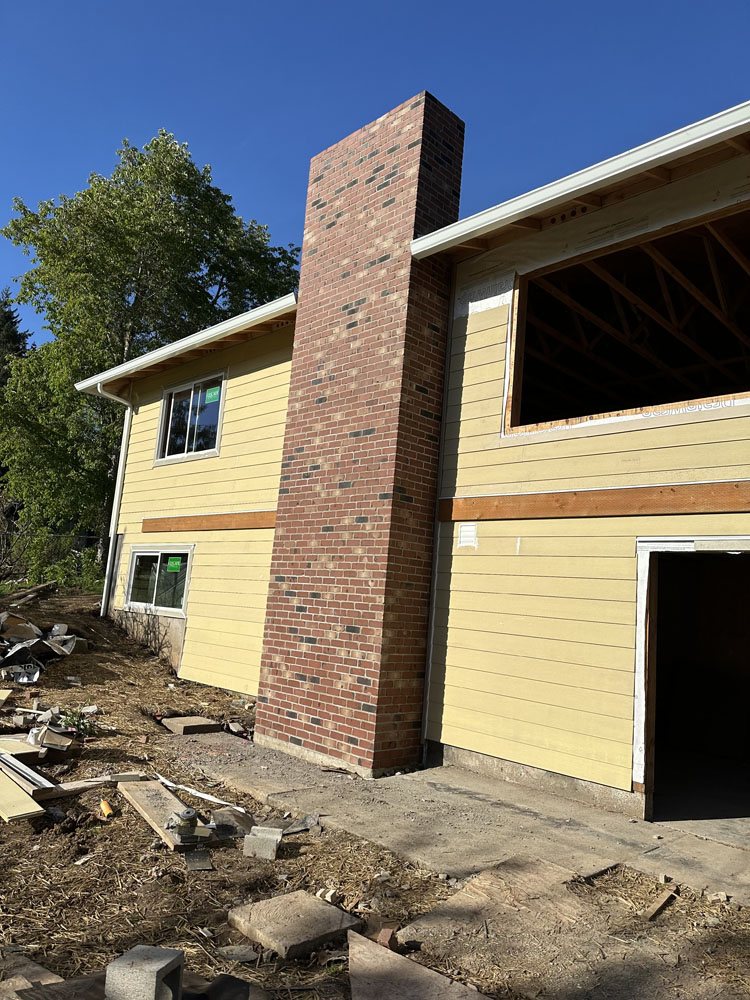Introduction
When it comes to creating an inviting outdoor space, few features elevate your home's curb appeal like a well-maintained brick walkway. However, over time, wear and tear can lead to cracks in your masonry walkway, detracting from its beauty and safety. If you're wondering how to repair cracks in your brick walkway like a pro, you've come to the right place. In this comprehensive guide, we will unravel the intricacies of repairing those pesky Ramos Masonry Construction Company Masonry Contractor cracks while providing tips and tricks that ensure your repairs are not only functional but also aesthetically pleasing.
What is a Brick Walkway?
A brick walkway is primarily constructed using durable fired clay bricks. These walkways offer myriad benefits including durability, aesthetic appeal, and versatility in design. Unlike stone walkways or concrete paths, brick walkways come in various colors and sizes, allowing homeowners to create custom patterns that suit their landscaping.
Why Do Cracks Occur in Brick Walkways?
Cracks can form due to various reasons:
- Weather Conditions: Extreme temperatures can expand or contract the bricks. Soil Movement: Changes in moisture levels can cause soil beneath the walkway to shift. Poor Installation: If the base wasn't adequately prepared, it might result in uneven settling.
Understanding these factors is crucial for effective repair strategies.
How to Identify Cracks in Your Brick Walkway?
Before delving into repairs, you should familiarize yourself with identifying different types of cracks:
Types of Cracks:
- Hairline Cracks: Very thin cracks that often indicate cosmetic issues. Wider Cracks: These may signal more significant problems related to structural integrity. Shifting Bricks: When bricks become loose or unevenly spaced.
Assessment Techniques
Use a flashlight to spot small cracks that may be hidden by dirt or debris. Take note of any areas where water tends to pool as they may indicate underlying issues with drainage or foundation support.
Tools and Materials Needed for Repairing Cracks
Having the right tools at your disposal is half the battle won. Here’s what you’ll need:
Safety Gear:- Gloves Safety goggles
- Trowel Chisel Hammer Wire brush
- Mortar mix (preferably polymer-modified) Sand Water Sealant (optional)
Gathering these items beforehand will streamline the repair process significantly.

Preparing Your Workspace
Cleaning the Area
Before starting repairs:
Remove any debris—leaves, dirt, or weeds—from around the crack. Use a wire brush to clean out loose pieces of mortar or brick.Assessing Surroundings
Check if nearby plants need protection during repairs and consider covering them with burlap or plastic sheeting.
Step-by-Step Guide: How to Repair Cracks in Your Brick Walkway Like a Pro
Now that you’re equipped with knowledge and tools let’s dive into the nitty-gritty of repairing those cracks:
1. Evaluate the Damage
Begin by surveying the extent of damage; decide if it's a simple fix or requires professional help.
2. Prepare Mortar Mix
Follow manufacturer instructions for mixing mortar. Generally:
- Combine dry mortar mix with sand. Gradually add water until you achieve a peanut butter-like consistency.
3. Fill the Crack
Using your trowel:
- Insert mortar into wider cracks first. For hairline cracks, use a pointing tool for precision application.
4. Smooth Out Surface
Once filled, smooth out using your trowel while ensuring it’s level with surrounding bricks.
5. Curing Process
Allow mortar to cure for at least 24 hours before exposing it to foot traffic.
6. Seal (Optional)
To prolong longevity:
- Apply sealant after curing completely. This helps protect against moisture and stains.
Common Mistakes While Repairing Brick Walkways
Even skilled DIY enthusiasts can make mistakes! Here are some common pitfalls:
Rushing Repairs: Always allow adequate curing time for mortar. Using Incorrect Mortar Mix: Ensure compatibility with existing materials. Ignoring Drainage Issues: Make sure water flows away from your walkway post-repair.Maintenance Tips for Your Brick Walkway
Once you've repaired your brick walkway like a pro, maintaining it is key:
Regular Cleaning: Sweep away leaves and debris regularly; consider pressure washing annually for deep cleaning.
Inspect Regularly: Make it a habit to check for new cracks every season—early detection is vital!
Seal Annually: Reapply sealant every year if exposed frequently to harsh weather conditions.
FAQs
1. How long should I wait before walking on my repaired brick walkway?
It's advisable to wait at least 24 hours after repair before allowing foot traffic on your newly repaired area.
2. Can I use regular concrete instead of mortar?
No! Concrete does not provide the flexibility needed for brick walkways; always use compatible masonry mortar for best results.
3. Are there any specific weather conditions I should avoid while repairing?
Yes! Avoid rainy days as moisture can disrupt curing processes; ideally work on sunny days when temperatures are mild.
4. How do I know when my brick walkway needs repairs?
Look out for visible signs like shifting bricks, gaps between joints, and accumulating dirt in cracks—these are indicators of needed maintenance!

5. Is sealing necessary after repairs?
While not mandatory, sealing helps protect against future damage caused by moisture absorption and staining from organic matter like leaves.
6. What if my bricks are severely damaged and need replacement?
In cases where replacement is required, carefully remove damaged bricks using a chisel and hammer before inserting new ones; ensure they match existing ones closely!
Conclusion
Repairing cracks in your brick walkway might initially seem daunting but armed with this comprehensive guide on how to repair cracks in your brick walkway like a pro—it becomes an attainable DIY project! By understanding why those cracks occur and following appropriate techniques backed by diligent care afterward—you'll not only save money but also enhance both functionality and aesthetics of your home’s exterior setting!
Now go ahead! Revive that beautiful masonry walkway back into shape!